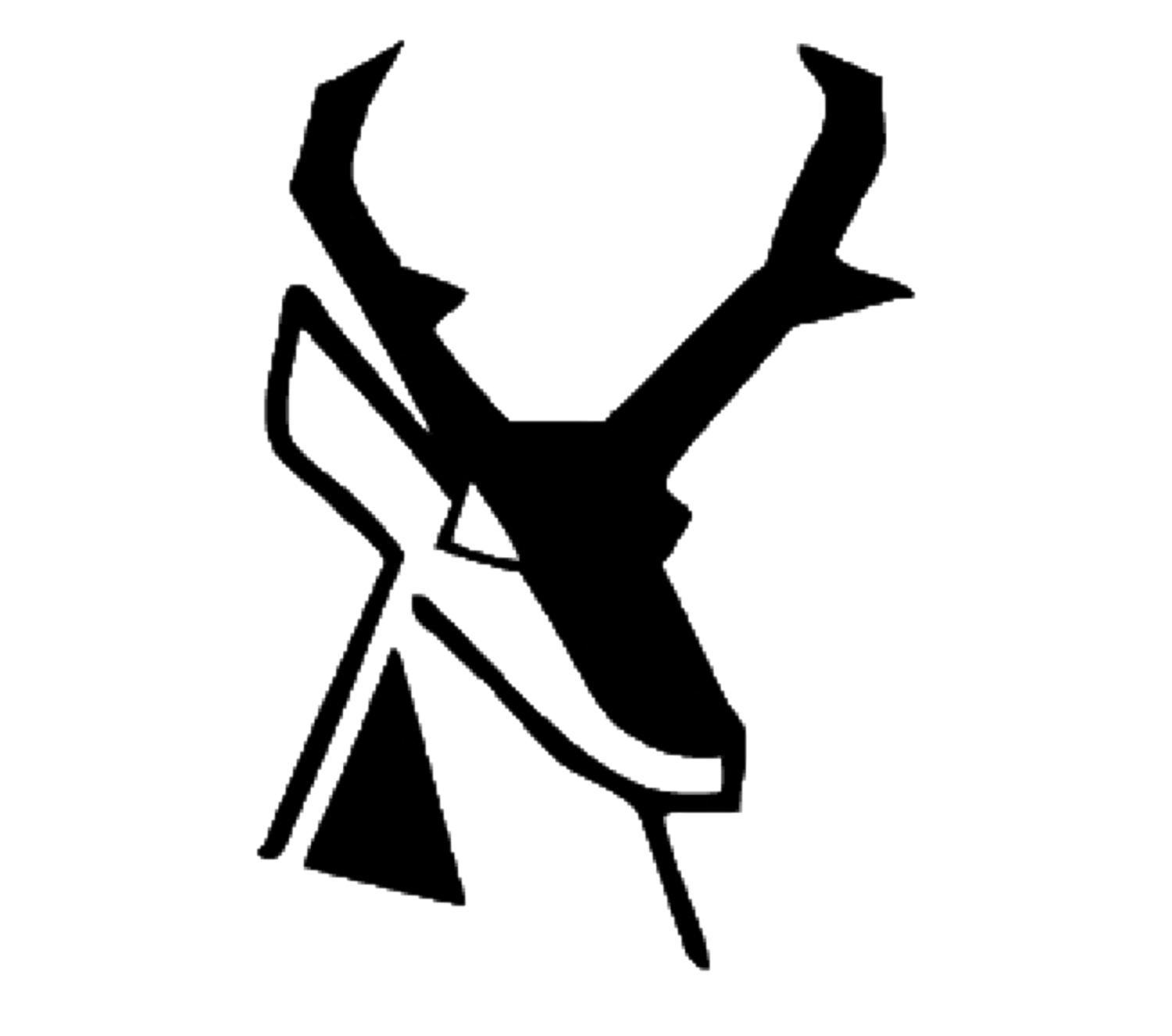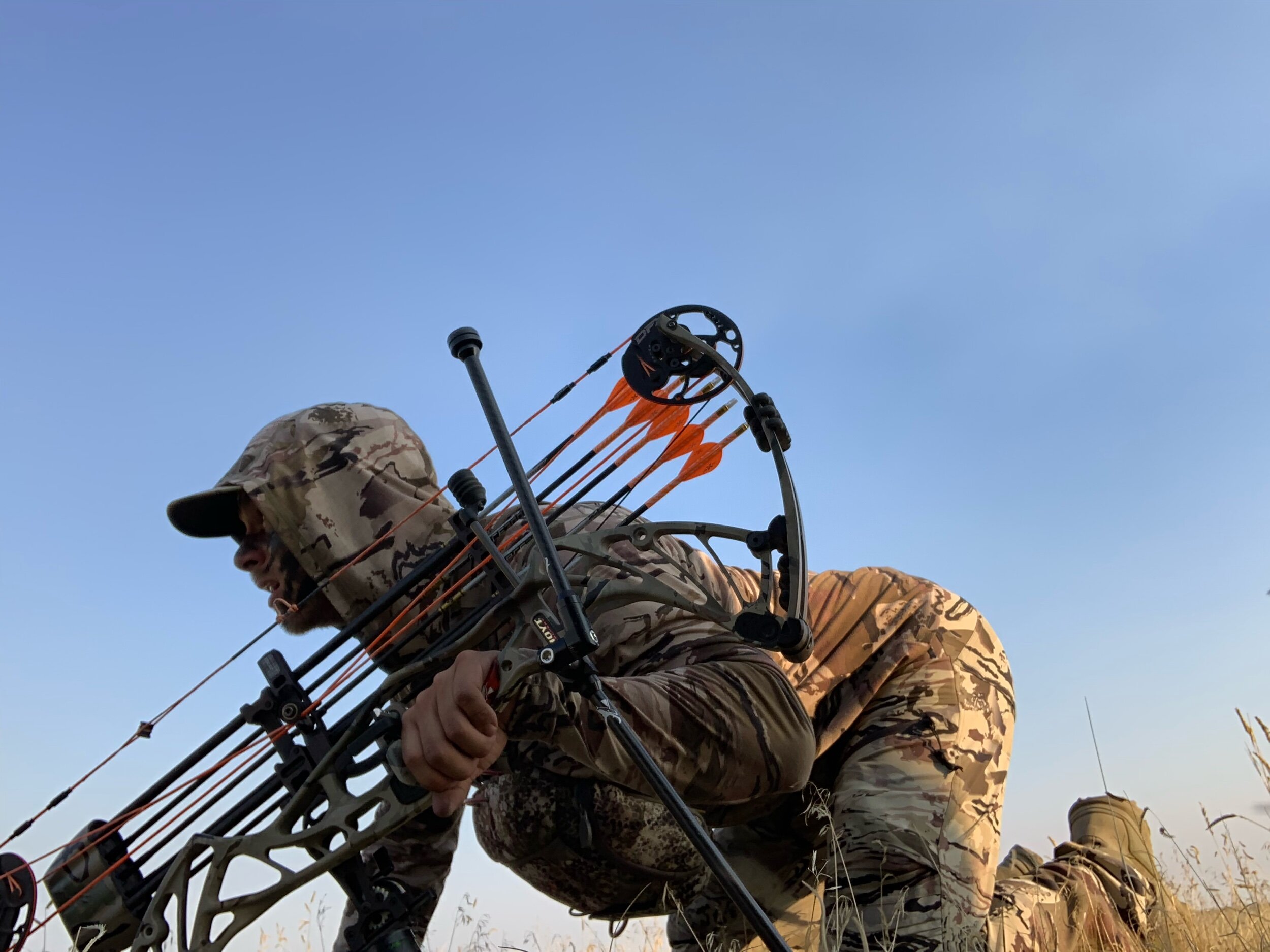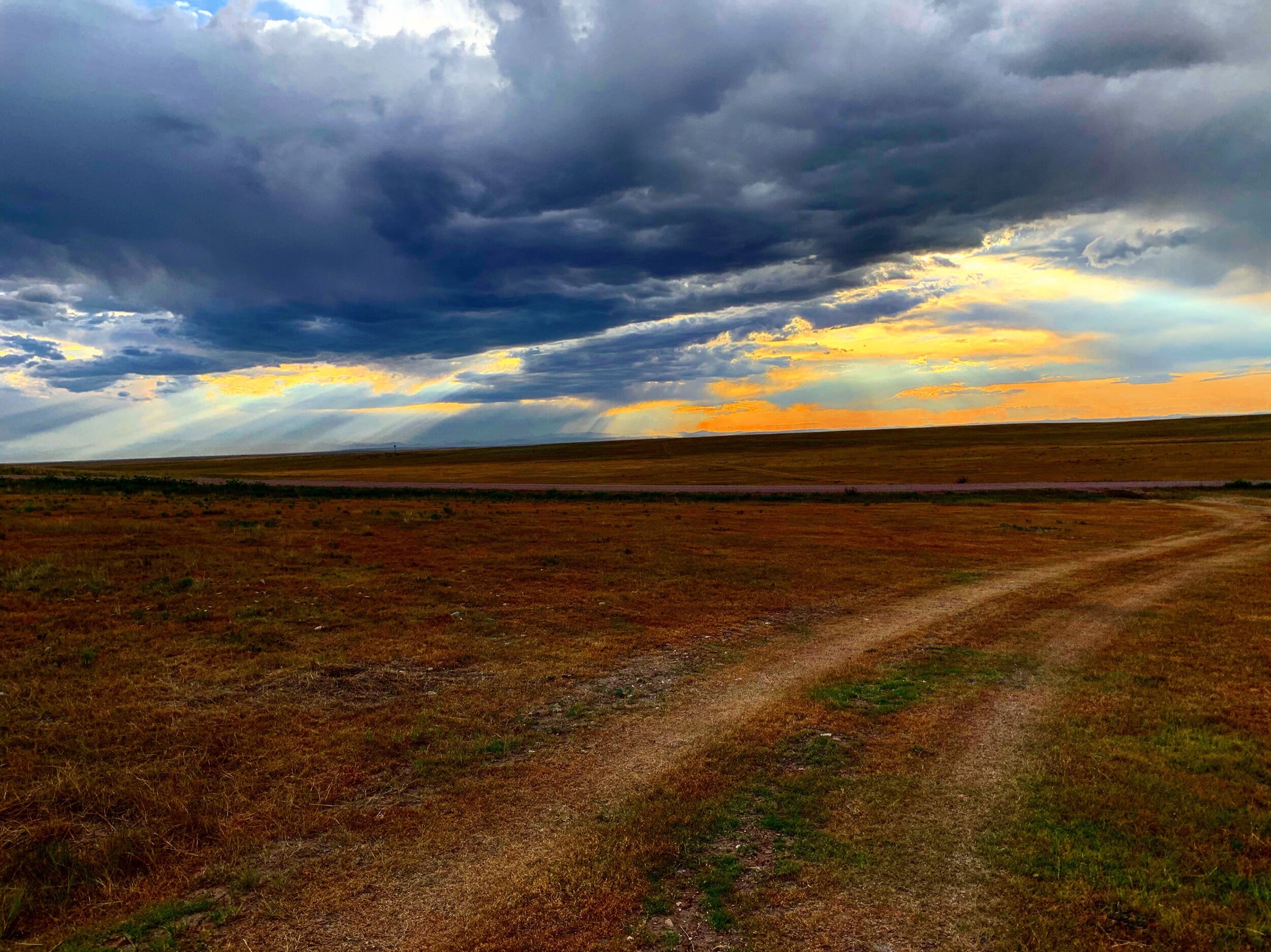For many, the dream of heading west to chase big game with a bow is the ultimate goal. Giant mountains, vast open prairies, new animals, and grand adventures await. Many hunters unfortunately never get to experience these amazing places due to the hefty price tag that often comes with a non-resident hunting
license. Most elk tags are upwards of $650, and on top of travel expenses and missed work days, that just isn’t an option. For those of us that live in the “wild west”, our archery seasons are often filled with thoughts of bugling bulls and velvet bucks. All of us, westerners and non, are forgetting one key big game option that often gets overlooked, and for the life of me, I will never understand why.
The Pronghorn Antelope is an iconic staple of western big game. Having survived since the time of prehistoric mammalian predators (North American Cheetah), they are certainly built to survive, as they aren’t extinct like the aforementioned predator that hunted them! Archery Antelope hunting is vastly underutilized as an early season hunting pursuit. With a significantly lower tag cost, plentiful animal densities, and delicious meat, it’s quite perplexing that they aren’t even on the radar of most archery hunters. My hope, however detrimental to my archery Antelope hunting solitude it may be, is to shed some light on just how amazing and attainable an Antelope hunting adventure can be.
Okay, you took the bait and picked up an archery tag for an area you’ve never been. Where to start? From a gear standpoint, it’s pretty dang simple to hunt Antelope with a bow. You’ll either be camping in your vehicle or right next to it, so no need to get fancy there. You’ll also likely be no more than a mile from the truck at any point, so no need to get fancy on your backpack or clothing either. However, there are a few key pieces of gear that will make your hunt considerably more enjoyable.
Let’s start with your clothing. Archery Antelope seasons open in mid-August across most western states, so that means 90-degree temperatures. Your clothing should be lightweight, very breathable, and fast drying. I love a synthetic hooded base layer due to the ability to keep the sun off of your ears and neck. Footwear should be light and flexible, but also durable (you’re gonna kick a cactus or two). Knee pads are a MUST! I use a simple volleyball knee pad, worn over my pants. You can keep them at your ankles until needed, thus doubling as a gaiter to keep the pokeys out. A good binocular chest harness is also a necessity. This is big country and our eyes need the help. I recall a stalk I was on this past season where I was belly crawling towards a bedded buck through a cactus “mine field”. Whenever I would stop, my bino harness protected my chest from the thorny monsters that wished to impale me. A small, low profile backpack comes in very handy on longer stalks or when walking to far away glassing points. I use an Eberlestock H7 Dagger hydration pack, but any small hydration pack will do the job. It should fit a 2-3-liter bladder, a few snacks, and a rain jacket. That’s about all you will need to carry.
Antelope live in a vast, wide open prairie often devoid of any vegetation taller than your knees. They also are equipped with eyesight comparable to your 10x50 binoculars. I want you to imagine trying to stalk into bow range of your buddy, who’s holding binoculars while standing in the middle of a giant parking lot. That’s what you’re dealing with here, sounds easy right? You now see why most “smart” bowhunters sit on a water hole inside of a ground blind. But we aren’t that smart, and there’s nothing more fun than spotting and stalking these critters. The point I’m working towards is: your shot opportunities will likely be considerably farther than you’d have at any other big game animal. Your shooting ability and bow setup need to cater to this.
In my experience, the average spot and stalk shot opportunity at an antelope is around 70 yards. I’ve had closer, but more often, I’ve had farther. In order to increase your chances of success, you need to be proficient out to 80 yards or more, WITH BROADHEADS! This means practicing all year, knowing how to tune your bow, and also having great situational ethics. Ethical shot distance is a can of worms that I will not be opening in this article, I’m just stating the facts of Antelope hunting. In my opinion, being proficient means that you can shoot arrows in a 4-6” group every single time in order to call that your effective range. Okay, you’ve established your effective range is adequate for the task at hand, that means you’re likely shooting a slider sight, and a 10-15” stabilizer. Stabilization is key out at the longer distances, and with the amount of wind you’ll be dealing with, it almost becomes required to slow down bow movement at full draw. Arrow setups are totally up to the shooter and as long as your bow will tune and shoot out to longer distances, you’ll be fine. Broadheads are also very personal, but an Antelope is simply not as tough as a Mule Deer or Elk, so mechanicals are a feasible option.
You’re shooting great, have your gear dialed in, and are headed out on opening day. A large cooler full of frozen gallon water jugs sits behind you along with 5-8 non-frozen gallons of water. You reach your hunting area, golden waves of grass, rolling hills, and a seemingly endless horizon await you. Upon hitting the dirt road, you instantly spot a nice buck several hundred yards off! You check your map, only to find out he’s on private land. Public land Antelope hunting is a chess match, or should I say a checkers match. Having a good, accurate, mapping application is a must-have in order to sort through the checkerboard of public and private land. Some private parcels have no fence, so knowing where you’re standing is vital to remaining legal. Driving away from the forbidden buck you soon find another group of antelope, a buck among them! As your truck comes to a stop, you’re greeted by every set of eyes in the group, shortly followed by a hasty departure of every last one.
The above two examples are just a few of the fast lessons you will learn on your first day, with many more to come. The best part of Pronghorn hunting is the sheer number of animals you will see. It isn’t unheard of to see over 100 Antelope in a single day. The challenge isn’t in finding your game like Elk and Deer, but in STALKING your game. That’s why it’s so fun, if you blow a stalk, just move on to the next group. A good day of Antelope hunting can result in 5-10 stalks! You’re probably wondering why you don’t just capitalize on one and enjoy the beautiful triumph of success. Believe me, by day two or three, you want nothing more, but due to the Antelope’s annoying instinct to not be shot, they avoid the possibility of that happening as best they can. Another great thing about hunting Antelope is that they’re active all day long. So it just might be you that ends up “bedding down” midday, not them.
A typical day of hunting is as follows: you wake up 30 minutes before sunrise, eat a quick breakfast, and hop in the truck. Most areas where Antelope live are a maze of roads, both gravel, and two tracks. You drive around, looking for antelope until you find some in an approachable (this will become easier to determine with more failed stalks) position, then park and continue on foot. The number one rule of parking before a stalk is to ensure your vehicle is out of their sight. Rifle hunters tend to “bend” the rules on how close to the road you can legally shoot, and this results in the Antelope learning that trucks mean their buddies end up dead. Once parked out of view, you begin moving towards the Antelope. If you are out of their sight, RUN! Once you approach a point where they can see you, get down on all fours or even onto your belly. One thing I’ve learned about stalking antelope is that if you get lazy for even a short stretch, they will see you and be gone. If you think you might be visible, simply don’t risk it. You’ve managed to close a lot of distance, crawling up to a small rise, you peek over to see your target buck has bedded down facing away from you. PERFECT! You range, only to be surprised by the fact that the buck is still 165 yards away. With no point of reference, it’s incredibly difficult to guess yardage so a good rangefinder is a necessity. Crawling forward on your belly, arrow nocked, bow setting on the ground on your bow-hand side, you pick yourself up with your forearms, pull yourself forward as your toes aid in the progress, then slide your bow forward. 12 inches at a time, for over an hour you repeat this, eventually closing in to 74 yards, it’s time to make it happen. As you rise to your knees, the buck whips his head around, then rises to his feet and bolts. You’re dripping sweat, have cactus thorns in your elbows, and have to watch that dang buck run away for several miles. Antelope have a field of view of about 310 degrees. Welcome to the spot and stalk game. Some stalks consume several hours of your day, while others are over just as quickly as they started. The key is to find an Antelope in a vulnerable spot, often meaning the terrain on your approach allows you to remain out of sight until within bow range.
Two seasons ago I was hunting an OTC archery tag in my home state of Colorado, my last day was about halfway over. As I sat on the roof of my truck glassing, I spotted a buck chasing two does about 500 yards away on top of a small plateau. If I drove down the road another 300 yards, I’d be able to park out of view, walk through a large, low draw, and crawl up to the lip of the plateau they were on. As I arrived at the base of the plateau, I crouched down, and inched up to the lip. As soon as the top revealed itself, there they were, less than 100 yards away! Still totally unaware of my presence, the two does were walking in my direction, the buck was about 50 yards behind them. I nestled into a yucca bush that was about mid-thigh height, and got to my knees, bow standing vertical in front of me resting on the ground. I dialed my Spot Hogg double pin to my predetermined guess of how close they may come, 67 and 79, for each pin. The two does continued working towards me as the buck meandered around further up on the top. As the does approached the lip, now directly in line with me on my right, I ranged, 41 yards! They spotted me, and began to stomp and snort. This got the buck’s attention and he was now walking dead at me! I ranged the buck, 86 yards, then 79 yards, my bottom pin distance. I got ready, ranged one last time, 67 yards, my top pin distance! As the buck turned broadside, I drew back, settled my pin, and released. As my arrow left the bow, the buck jammed on the accelerator. My arrow arrived, only to meet the prairie dirt where the buck once stood.
Although unsuccessful, it’s these kinds of encounters that keep me coming back every single season. I can think of so many amazing stalks that almost came together, but one small variable forced the outcome in the Antelope’s favor. In the game of spot and stalk Pronghorn hunting, you need to be perfect. Everything has to come together, the terrain, the animal, your stalk, the wind, and of course your shot. If you want to put an Antelope on the ground with your bow the first year you chase them, sit in a ground blind. If you want to improve your stalking ability, topography interpreting skills, and hunting instincts, get out there and test yourself by hunting arguably THE most difficult game animal to take down with archery equipment when hunting spot and stalk. It isn’t the physicality that will break you down, it’s the mental battle of “if at first you don’t succeed, try, try again”. The plains of the west will provide you with solitude, breathtaking sunsets, and lessons in humility that are tough to beat, and if nothing else, those things are worth the price of admission.



